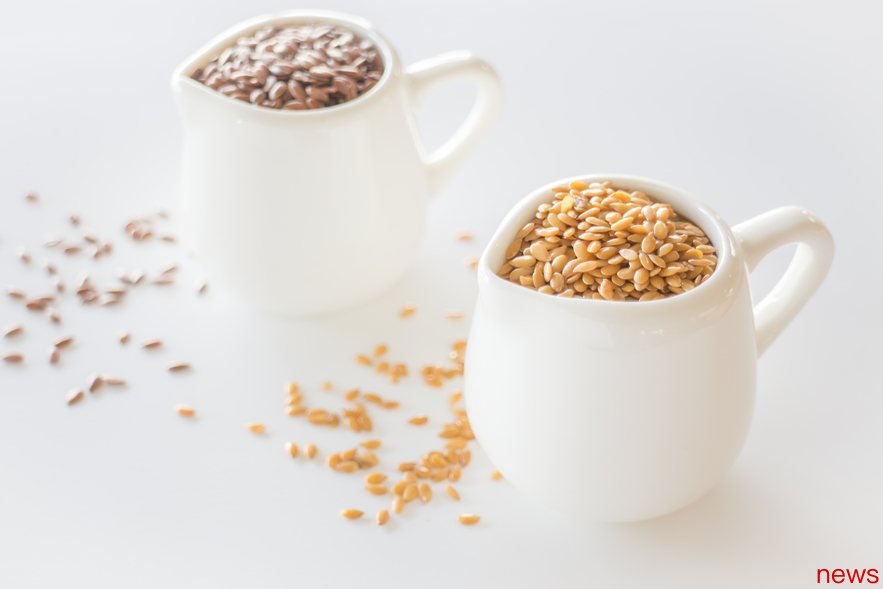
If you often browse fitness information on TikTok, you will hear people constantly discussing "need to take enough protein"; although this is important, especially when conducting gravity training, other equally important nutrients are often ignored.
Nutritionist and biologist Anastasiia Kaliga pointed out that the benefits of fiber to health are often underestimated; and it is very important for kidney health, blood sugar regulation and heart health.
The fiber can promote tract peristalsis, prevent constipation, and can act as a prebiotic to nourish beneficial tract bacteria. She said that water-soluble dietary fiber can help reduce digestion and reduce calcification, while non-water-soluble dietary fiber is beneficial for regular bowel movements.
In addition, the maintenance can produce a feeling of footing after eating suitable food, which is beneficial to weight management.
So how many fibers should I take? It depends on gender and age, Carlyga said.
Women under the age of 50 or below should take 25 grams of fiber per day, and women over 50 are recommended to take 21 grams; men under the age of 50 or below should take 38 grams of fiber per day, while men over 50 are above 50 are expected to take 30 grams.
Calliga said that the current dietary guidelines for Americans recommend that 14 grams of fibers should be taken for every 1,000 calories a day for 12 months to 23 months of age, and 19 grams of fibers should be taken for every 1,000 calories a day for 12 months to 23 months of age.
Kaliga points out that she enjoys human attention to protein because protein plays a key role in muscle repair, immune function and New Desire Chen. But she said that if you lack sufficient fiber in your diet, you will have problems such as improper digestive system, constipation, abdominal distension, etc.
She emphasized that insufficient vitiligo can also have a negative impact on the variety of vitiligo microbiota, increasing the risk of inflammation and neo-Chemistry mistumor; in addition, insufficient vitiligo is related to the increased risk of hyperstinal sterol and cardiovascular disease and type 2 diabetes, and it is difficult to avoid even if enough protein is taken.
If you want to get enough fibers, but don't know where to start, Carliga said that beans such as lentils and black beans are good choices; whole grains (such as quinoa and swallows), vegetables rich in fibers (such as cauliflower and green leaf vegetables), and fruits (such as berries and apples) can also help achieve their goals.
If you want to add fiber to your shake or meal, try adding nutritious fruits and seeds (such as chia seeds and flax seeds).